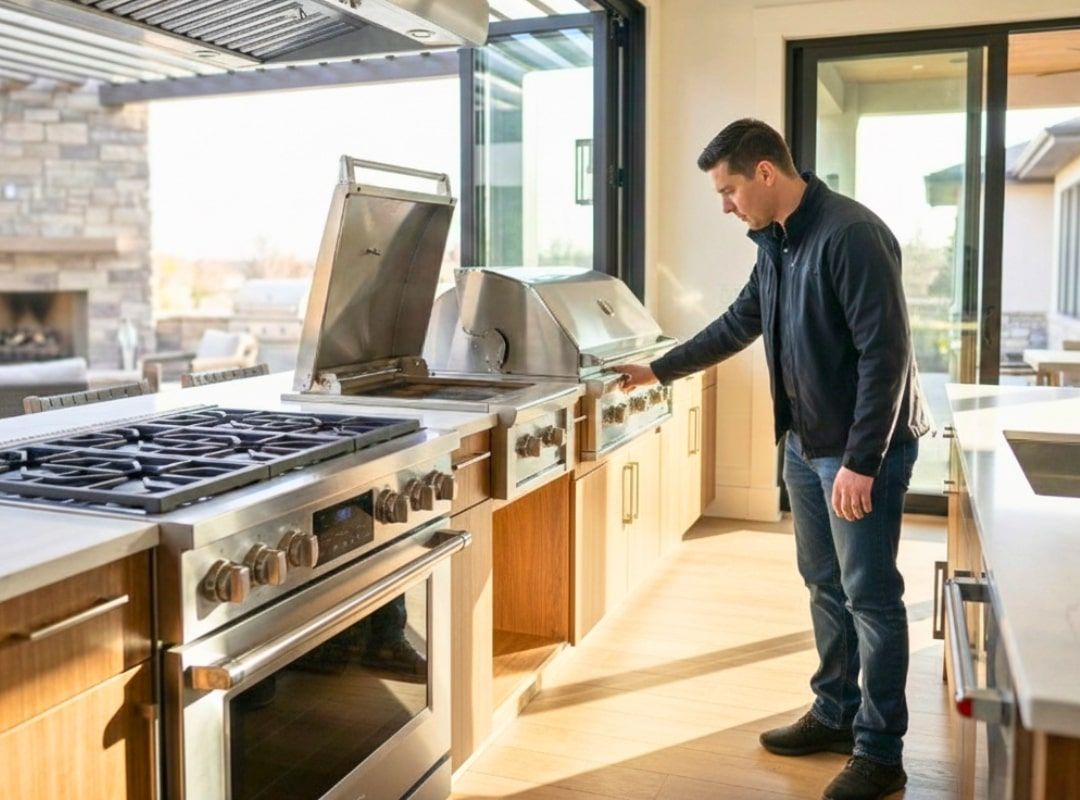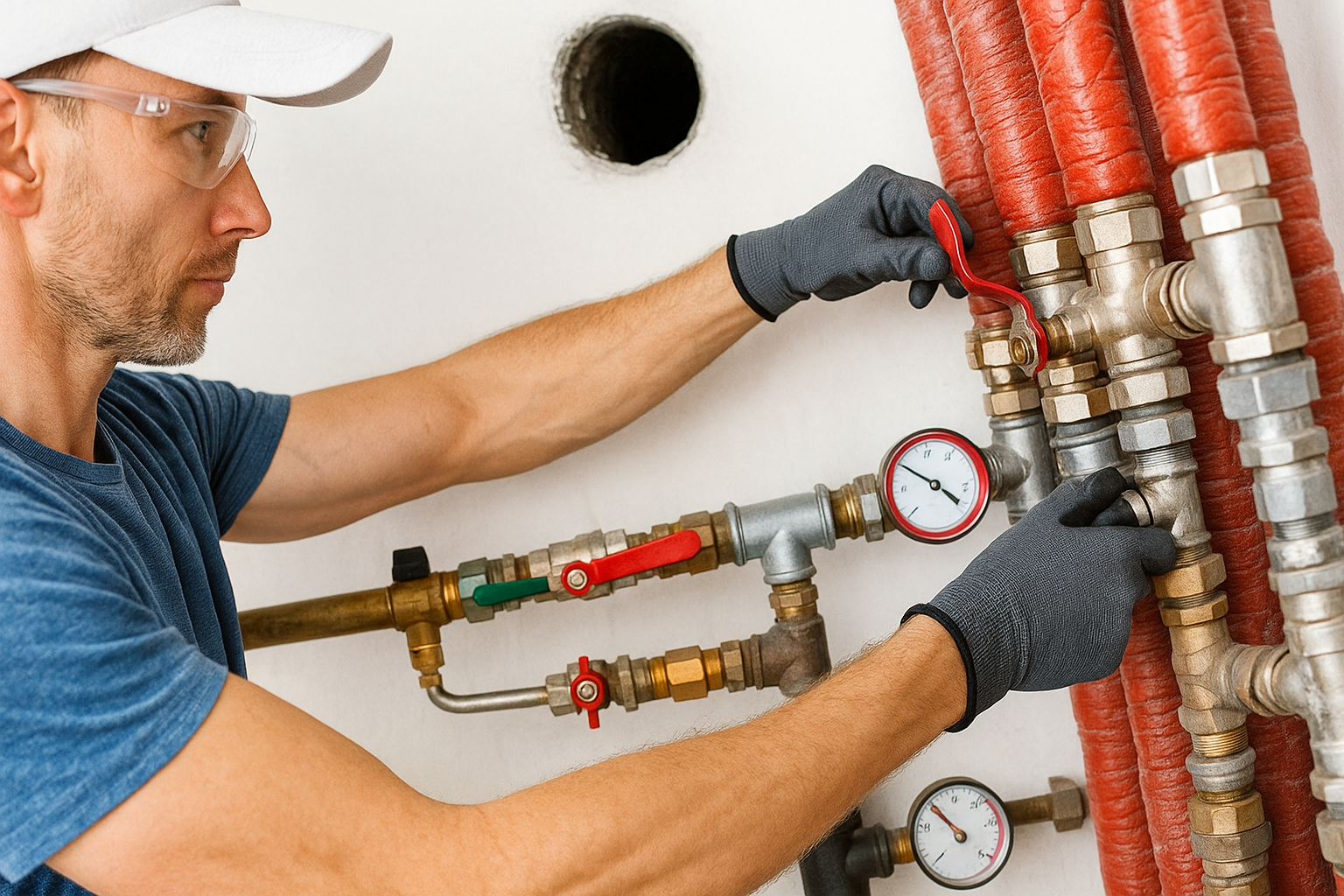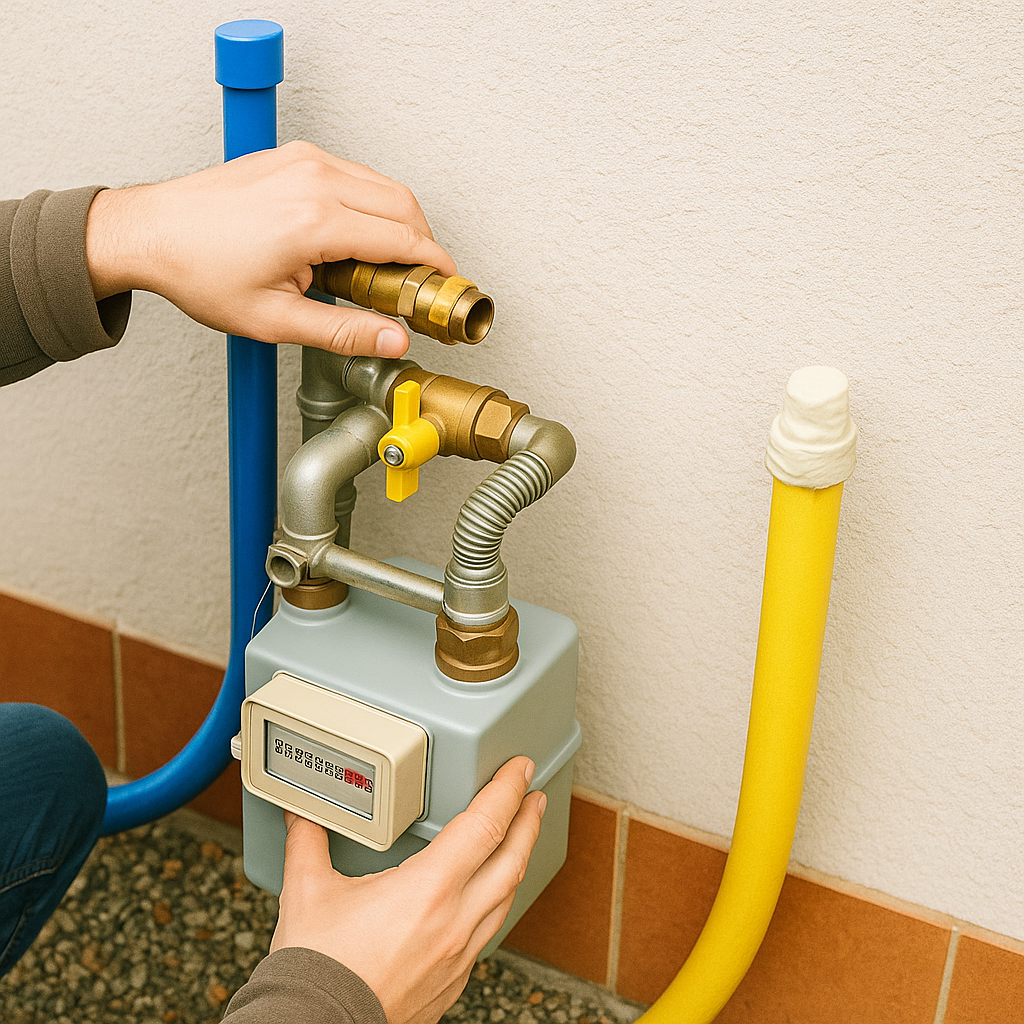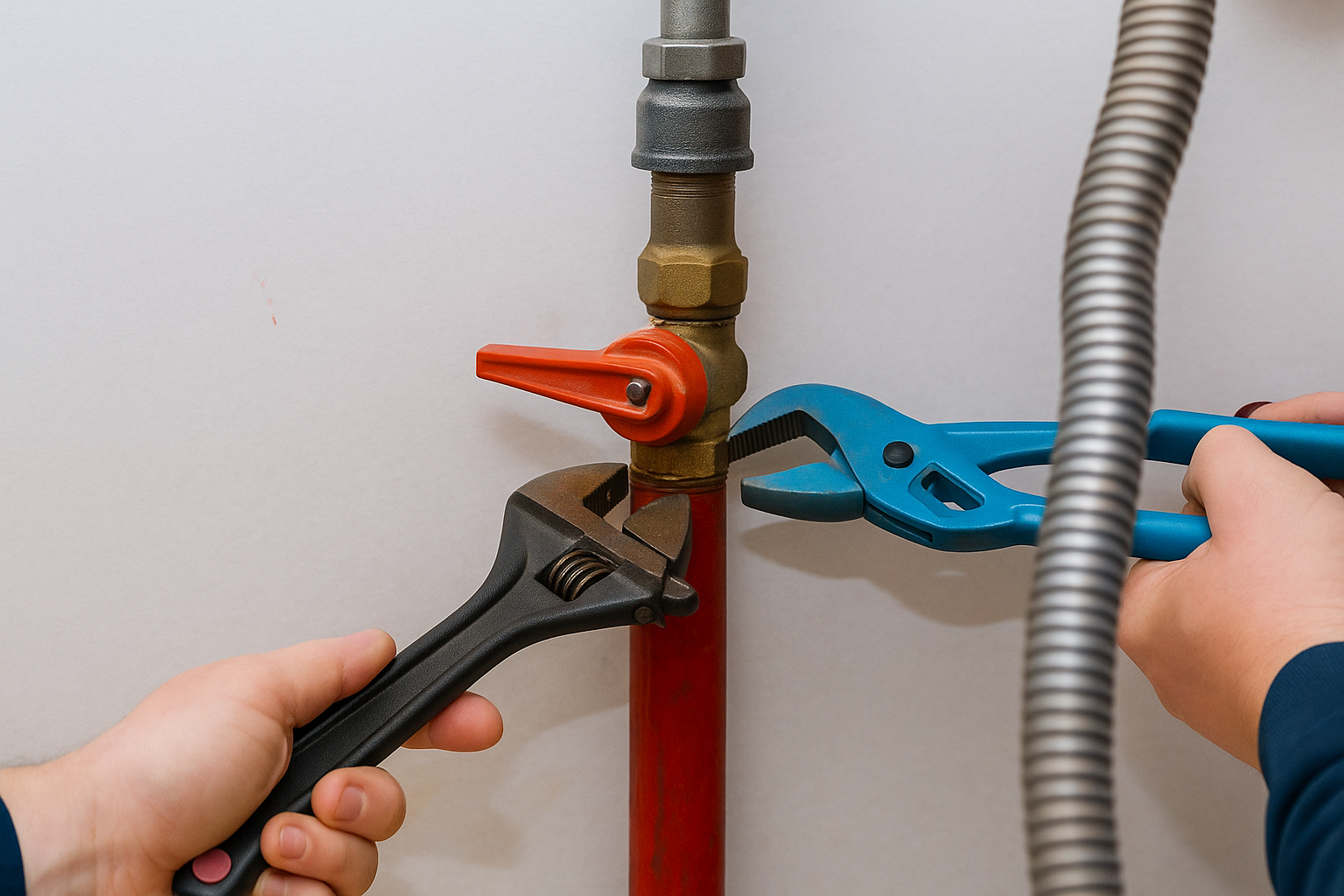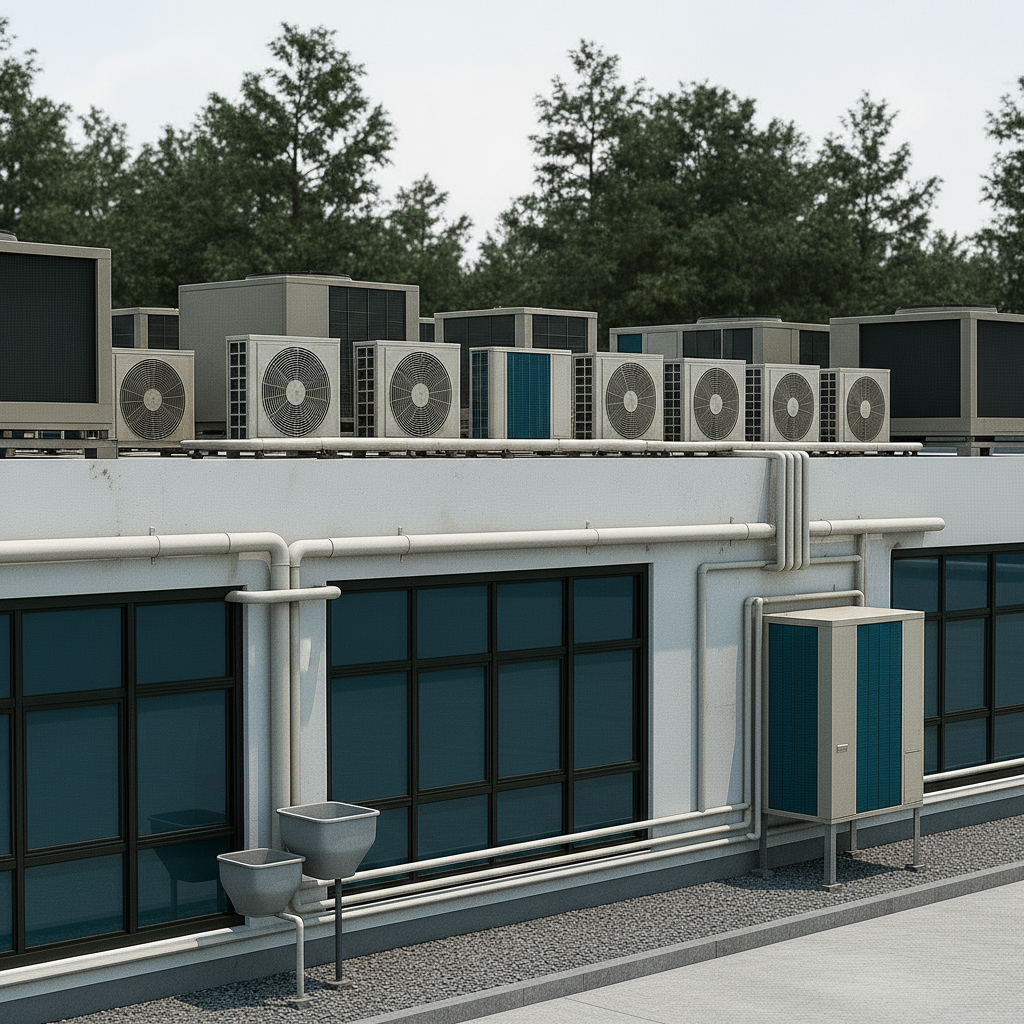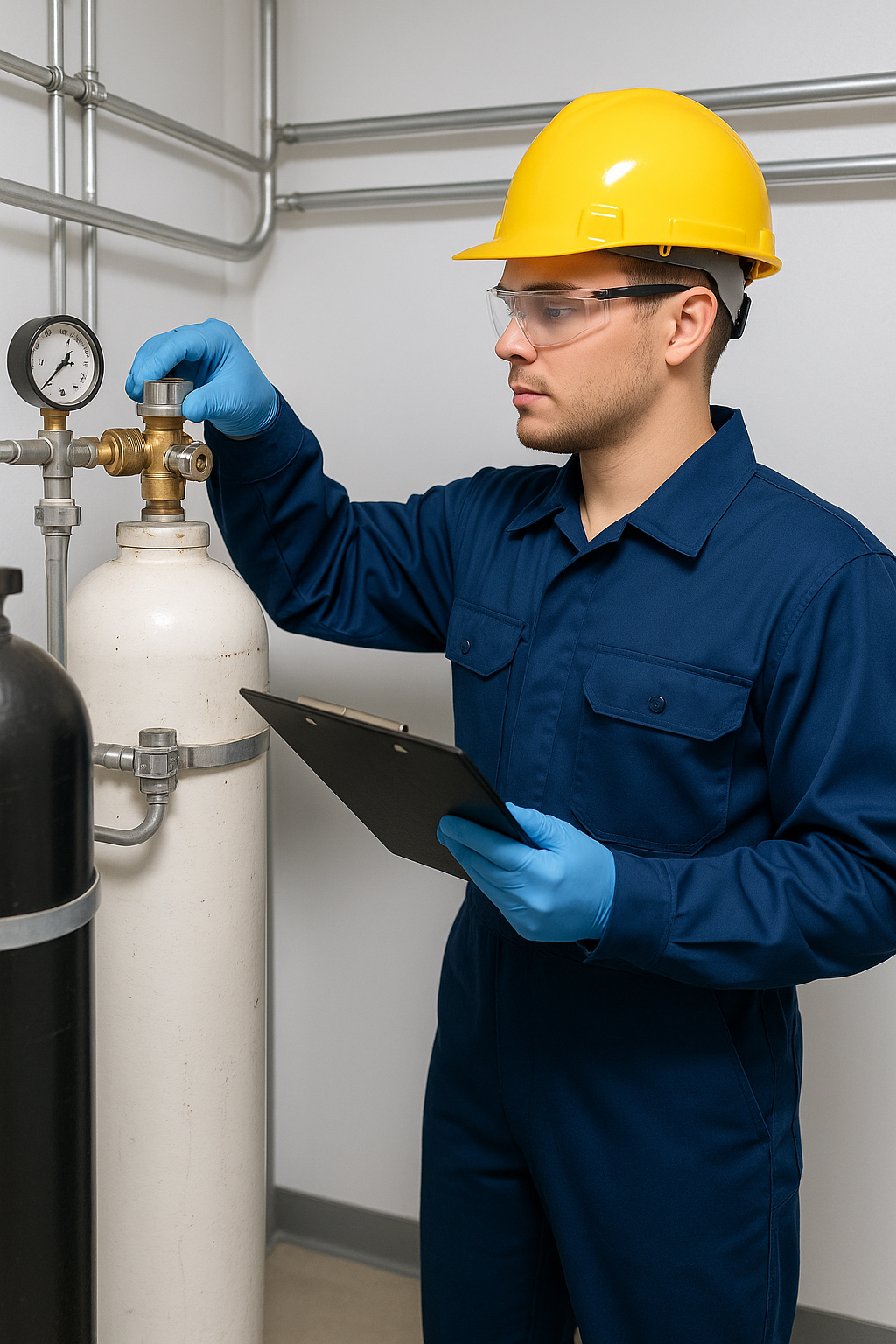How to Select Energy-Efficient Commercial Gas Appliances
TLDR;
Choose the most efficient commercial gas appliances by matching BTU output to your menu and cooking volume, prioritizing ENERGY STAR-certified models with high-efficiency features, and selecting the correct size for peak demand without oversizing. Factor in ventilation, fuel type, safety features, and total ownership cost over the appliance’s life before making a purchase.
How to Select Energy-Efficient Commercial Gas Appliances
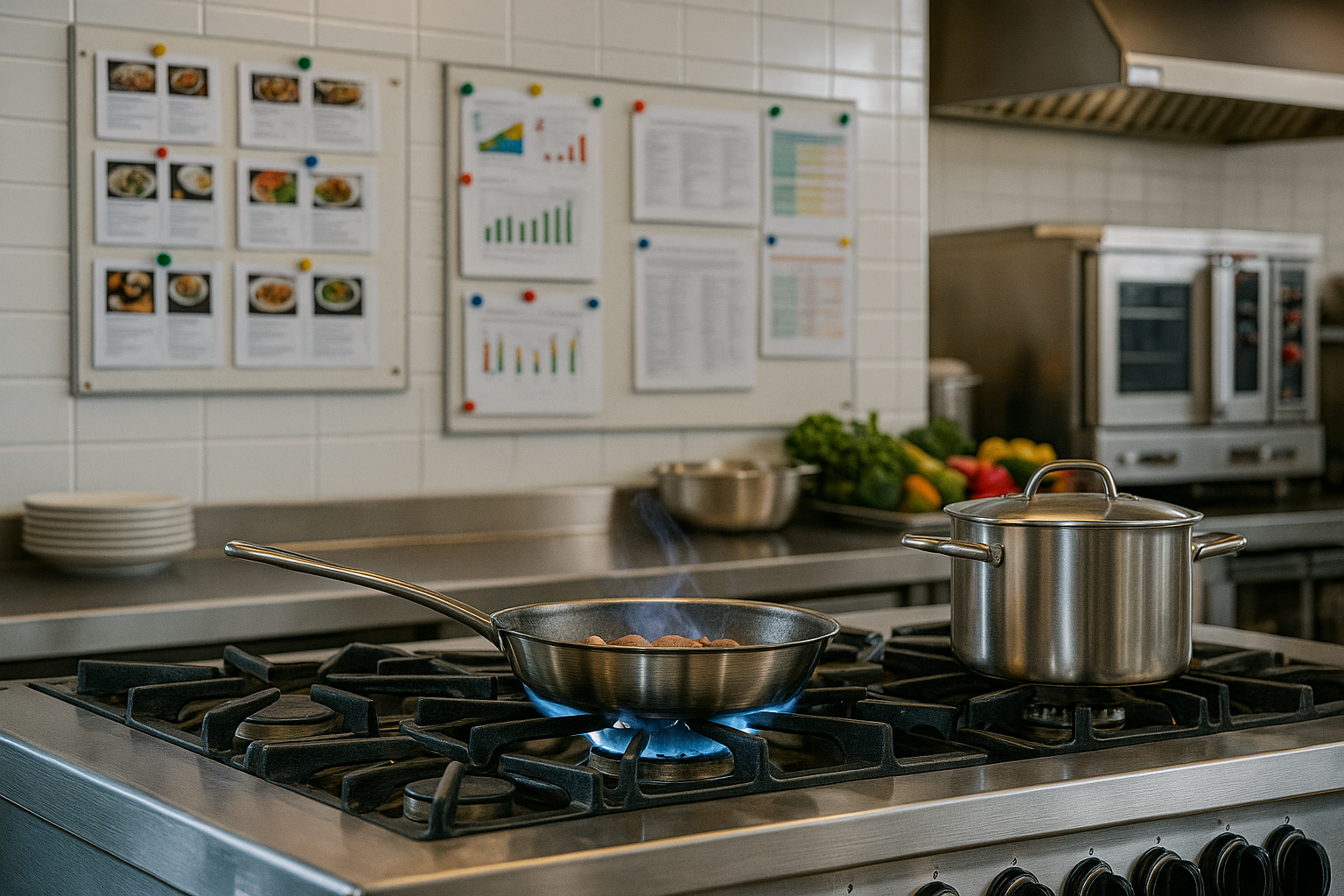
The fastest route to efficiency is knowing exactly what your kitchen needs before you shop. At NOVA Gas, we start by mapping out your menu, expected covers per hour, and the heaviest cooking periods. That gives a clear baseline for equipment capacity and features, ensuring your commercial gas appliance installation is tailored for efficiency and long-term performance.
Key steps to start your selection process:
- Define your menu and peak production demands.
- Identify current bottlenecks, slow recovery times, and areas of wasted heat.
- Set clear efficiency goals, such as reducing gas use by a specific percentage or improving temperature control.
- Shortlist models with proven energy-saving features and strong build quality.
- Compare long-term utility and maintenance costs for each option.
Commercial Gas Ranges Efficiency
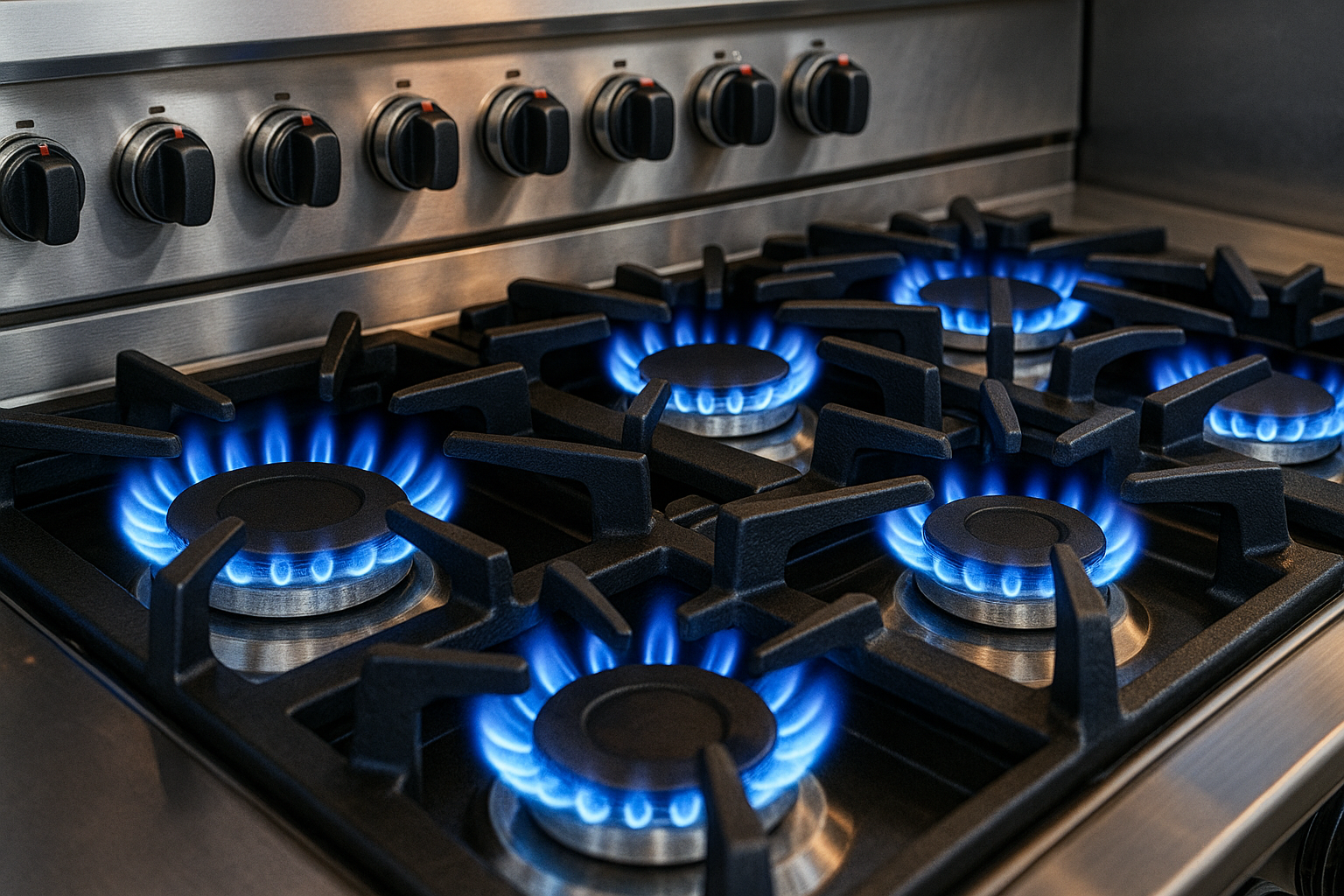
Commercial ranges are often the centerpiece of a kitchen, so choosing the right one is critical. Efficiency here comes down to matching BTU output to the heaviest loads you cook while avoiding excess capacity that wastes fuel.
Tips for selecting an efficient range:
- Choose high-efficiency open or sealed burners with optimized port designs to reduce wasted flame lift.
- Consider electronic ignition to save fuel during downtime.
- Use heavy cast iron grates for better heat retention and even cooking.
- Match burner configuration to your workflow—modular tops, French tops, and wok stations should support, not hinder, your prep line.
Case in point: A 120-seat restaurant in Fairfax working with NOVA Gas reduced gas consumption by 18 percent after upgrading to high-efficiency burners, switching to electronic ignition, and rebalancing their ventilation hood.
Energy-Efficient Gas Ovens
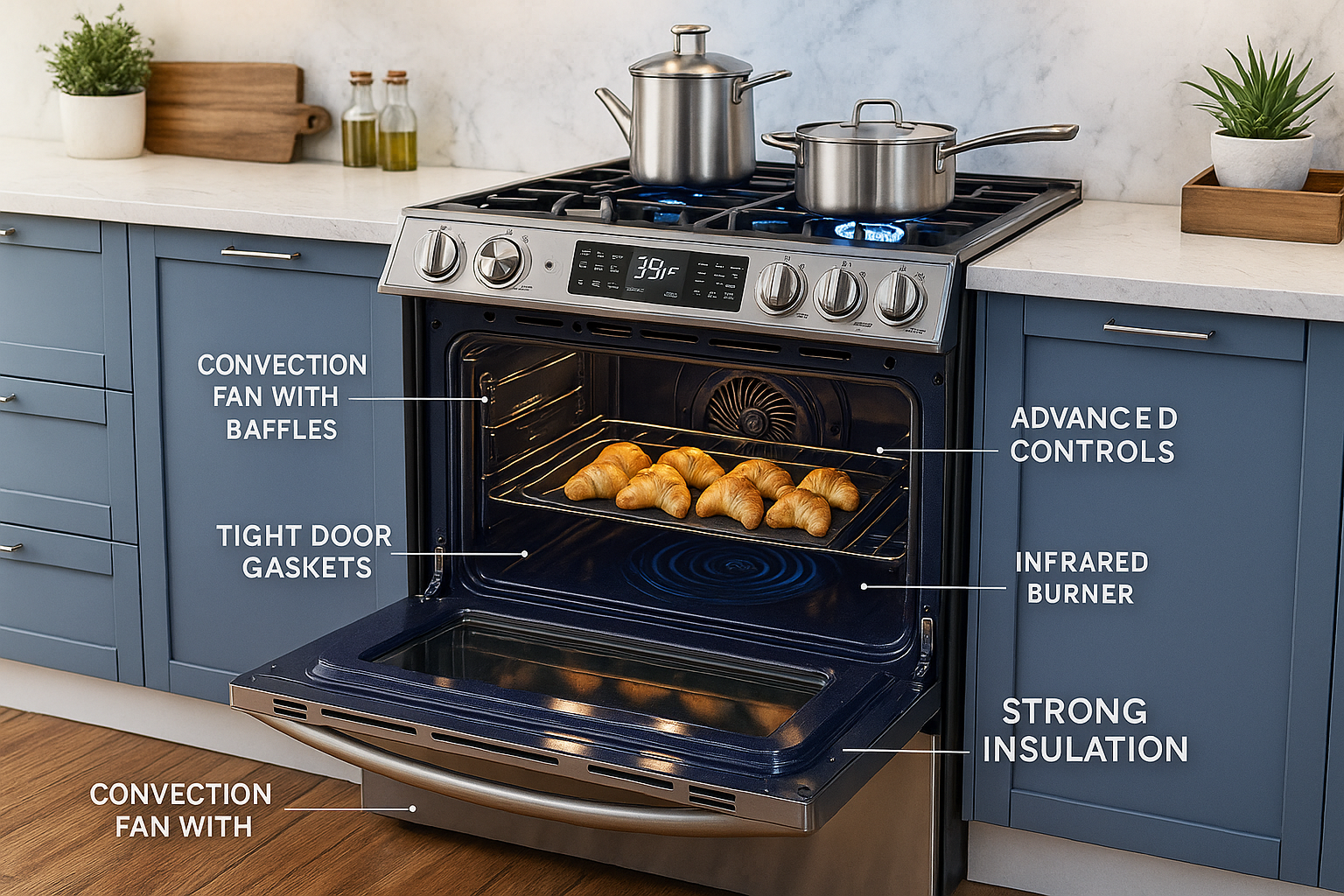
An efficient gas oven traps and evenly distributes heat so food cooks faster without hot spots or energy waste.
Look for these features:
- Strong insulation and tight door gaskets to prevent heat loss.
- Convection fans with baffles to ensure even airflow and uniform baking.
- Accurate thermostats and advanced controls for better temperature consistency.
- Infrared burners for faster, more efficient heat transfer.
When oven capacity matches your menu, you avoid paying to heat unused space. An oversized oven is a constant drain on utility bills.
Schedule Installation Now!
Choosing Efficient Commercial Gas Fryers

Gas fryers are energy-intensive, but the right model can cut fuel use significantly.
Key efficiency features:
- High-efficiency burners designed for quick recovery times.
- Heat exchanger designs that maximize oil-to-heat transfer.
- Cool zones that extend oil life by keeping crumbs from burning.
- Automatic filtration systems that maintain oil quality and cooking efficiency.
Efficient Commercial Gas Griddles

Griddles see heavy use in many operations, making efficiency important for both fuel and food quality.
What to look for:
- Even heat distribution across the surface to prevent hot and cold spots.
- Thermostatic controls for precise temperature settings.
- Polished chrome surfaces for better heat retention and easier cleaning.
- Proper sizing to match your menu volume without wasting heated space.
Understanding BTU Output and Heat Control
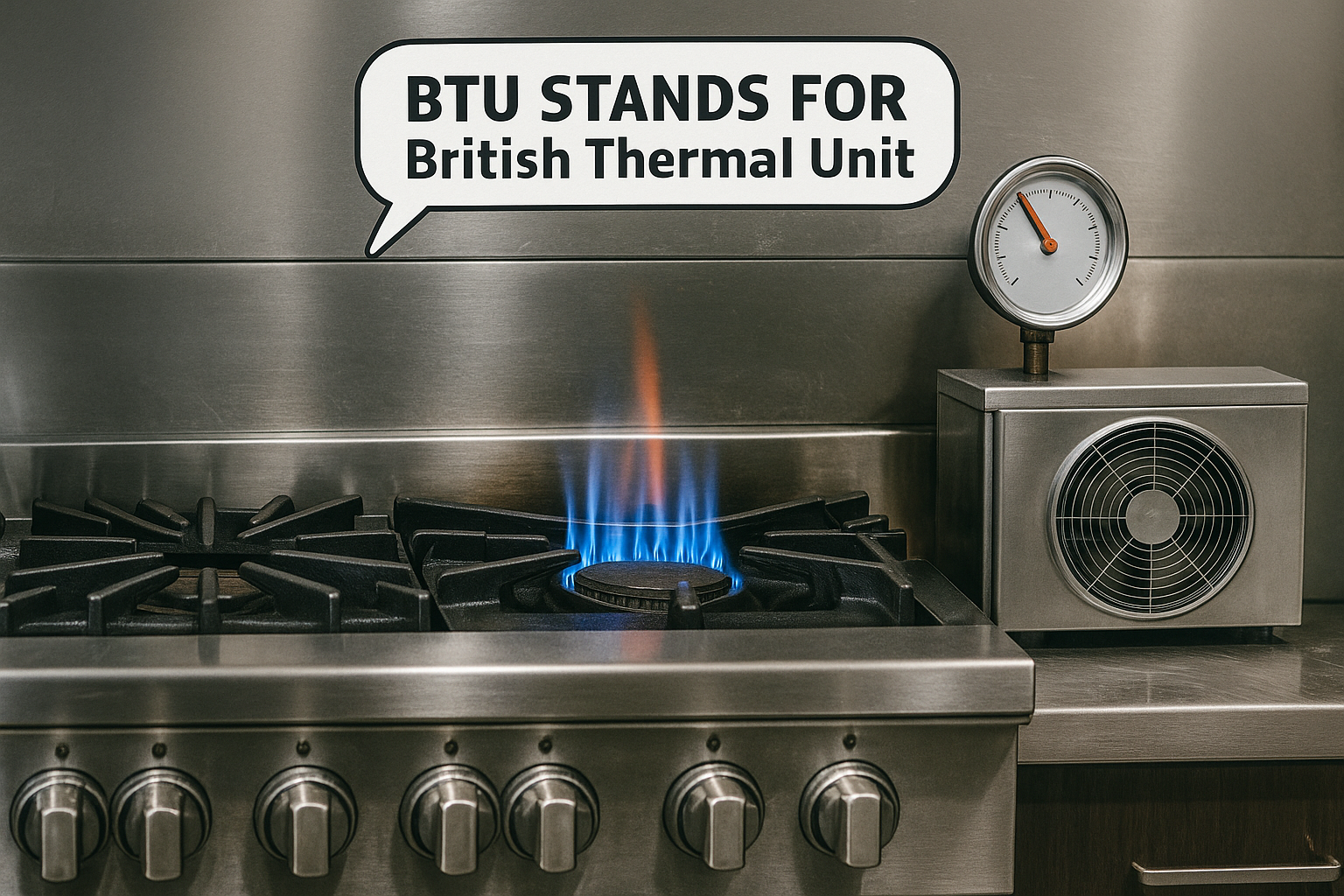
BTU (British Thermal Unit) measures the heat output of a gas appliance. More BTUs mean faster cooking, but also higher fuel use.
Guidelines for BTU selection:
- Match BTU output to the type of food and cooking method.
- Avoid oversizing, which increases fuel consumption without improving performance.
- Consider multiple appliances with targeted BTUs rather than one oversized unit.
Schedule Installation Now!
Natural Gas vs Propane in Commercial Appliances
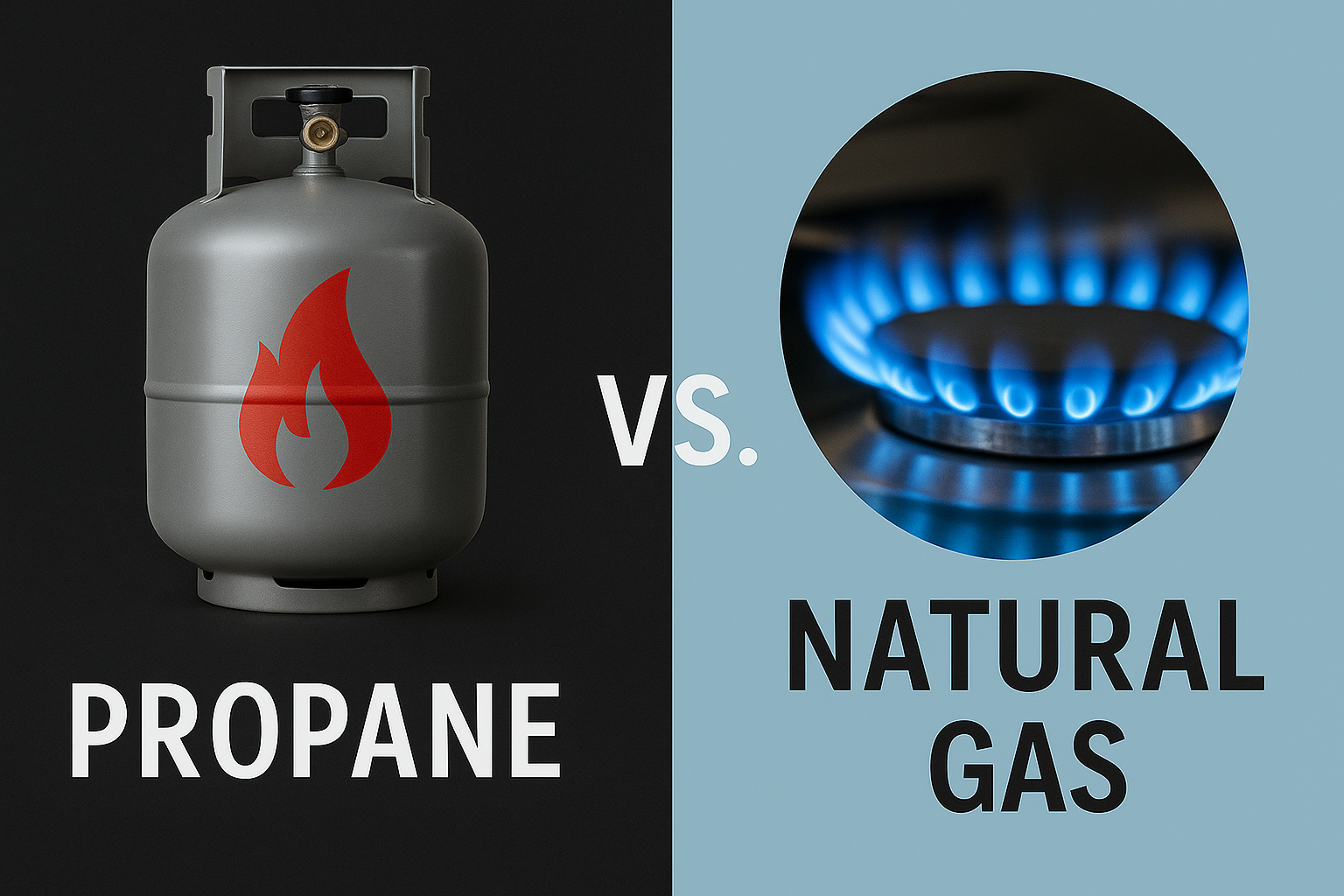
Fuel choice affects efficiency, operating costs, and infrastructure.
Natural gas:
- Lower fuel cost in most areas.
- Steady supply from the local utility.
- Requires permanent connection.
Propane:
- Higher energy content per unit.
- Suitable for remote or mobile kitchens.
- Requires regular tank deliveries and storage.
NOVA Gas advises clients to compare fuel costs, availability, and conversion expenses before committing.
Energy Certification and Ratings
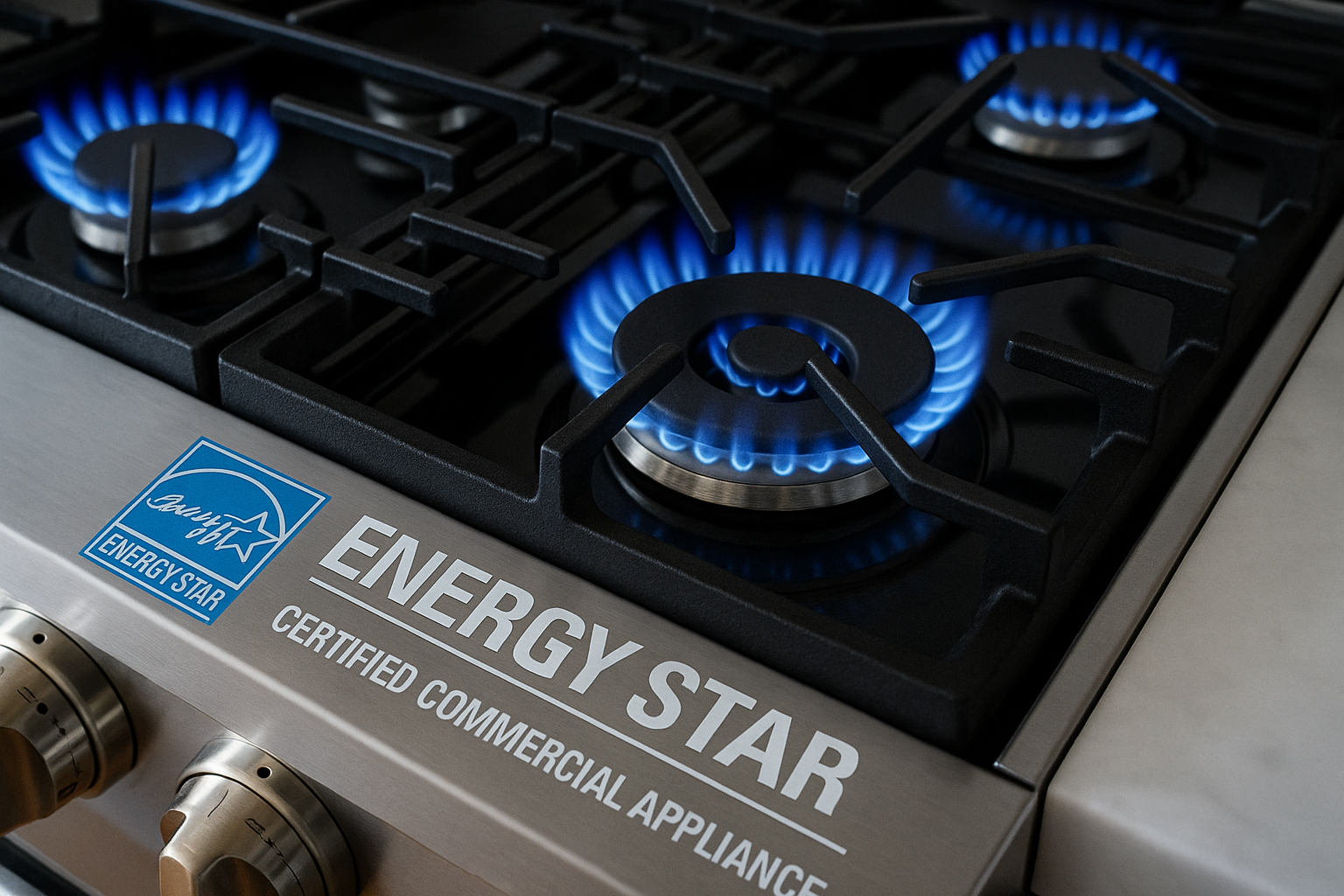
ENERGY STAR certification is the benchmark for commercial gas appliance efficiency. Models with this label meet strict energy-saving standards and often qualify for rebates.
If ENERGY STAR labeling changes or becomes unavailable, rely on:
- Manufacturer’s efficiency ratings.
- Independent lab testing results.
- Third-party audits of performance.
Operating Costs and Lifecycle
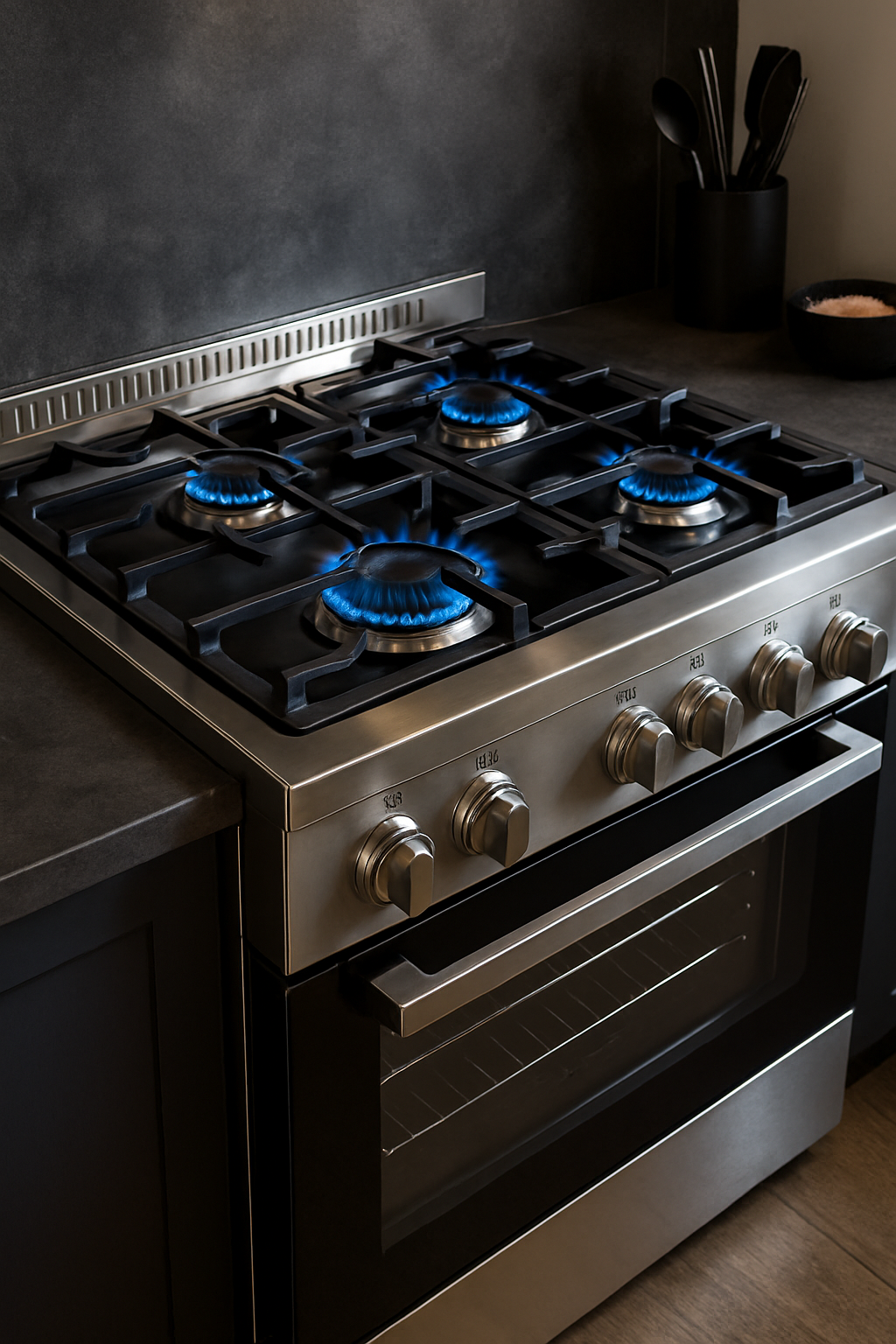
The cheapest appliance upfront is not always the most affordable long term. Factor in:
- Purchase price.
- Installation cost.
- Fuel consumption.
- Maintenance and repair.
- Expected lifespan.
Safety Features That Support Efficiency

Safety and efficiency go hand in hand.
Important features include:
- Flame failure shutoff to prevent fuel waste when a flame goes out.
- Pilotless ignition systems to save fuel between uses.
- Proper ventilation to remove excess heat and maintain air quality.
Ventilation and Indoor Air Quality
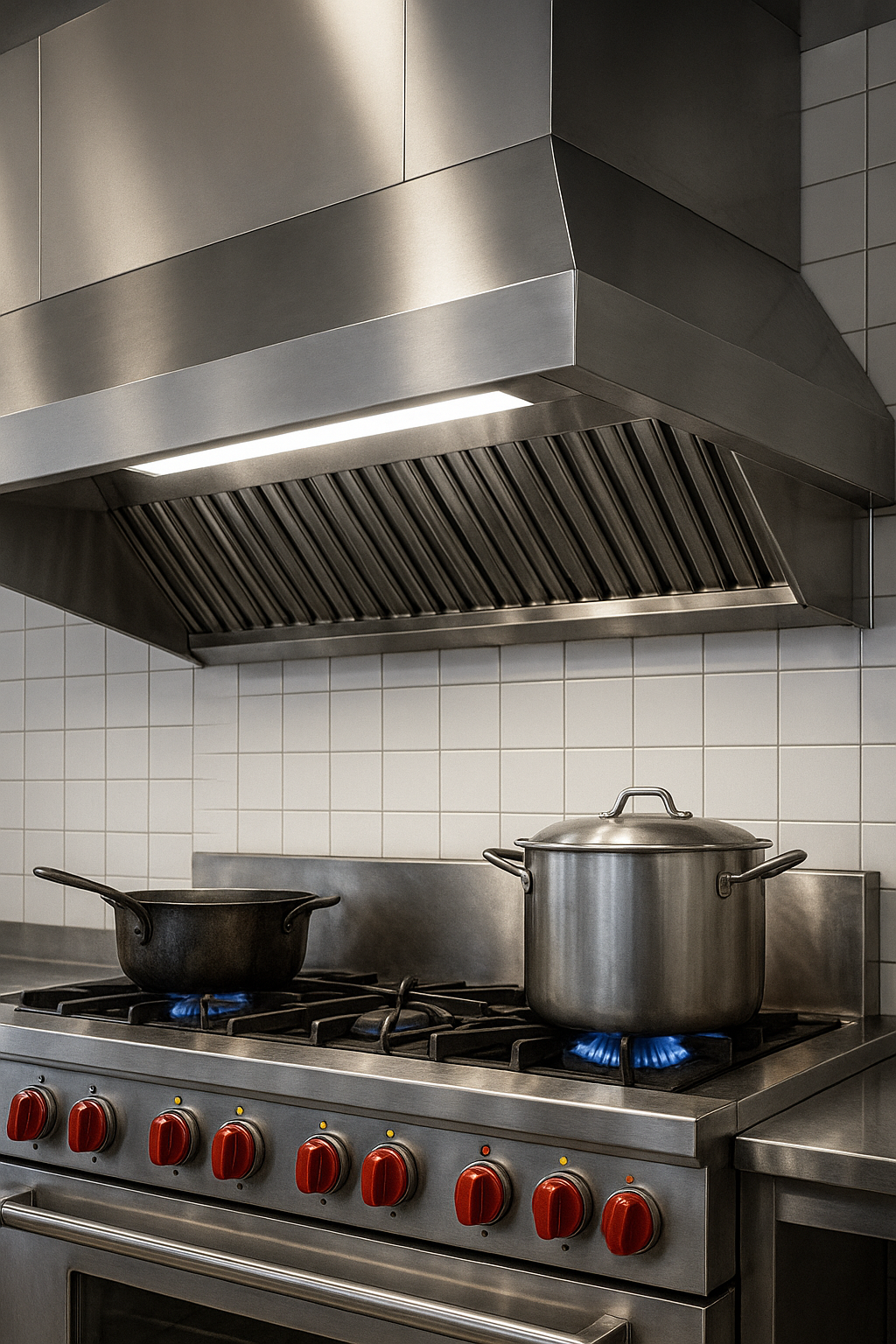
Ventilation affects comfort, safety, and energy use. Poorly balanced hoods pull conditioned air out of the building, forcing equipment to work harder.
Steps to optimize ventilation:
- Size hoods correctly for appliance output.
- Use variable-speed fans to match ventilation to cooking load.
- Schedule hood cleaning to maintain airflow efficiency.
Comparing to Electric and Induction Options
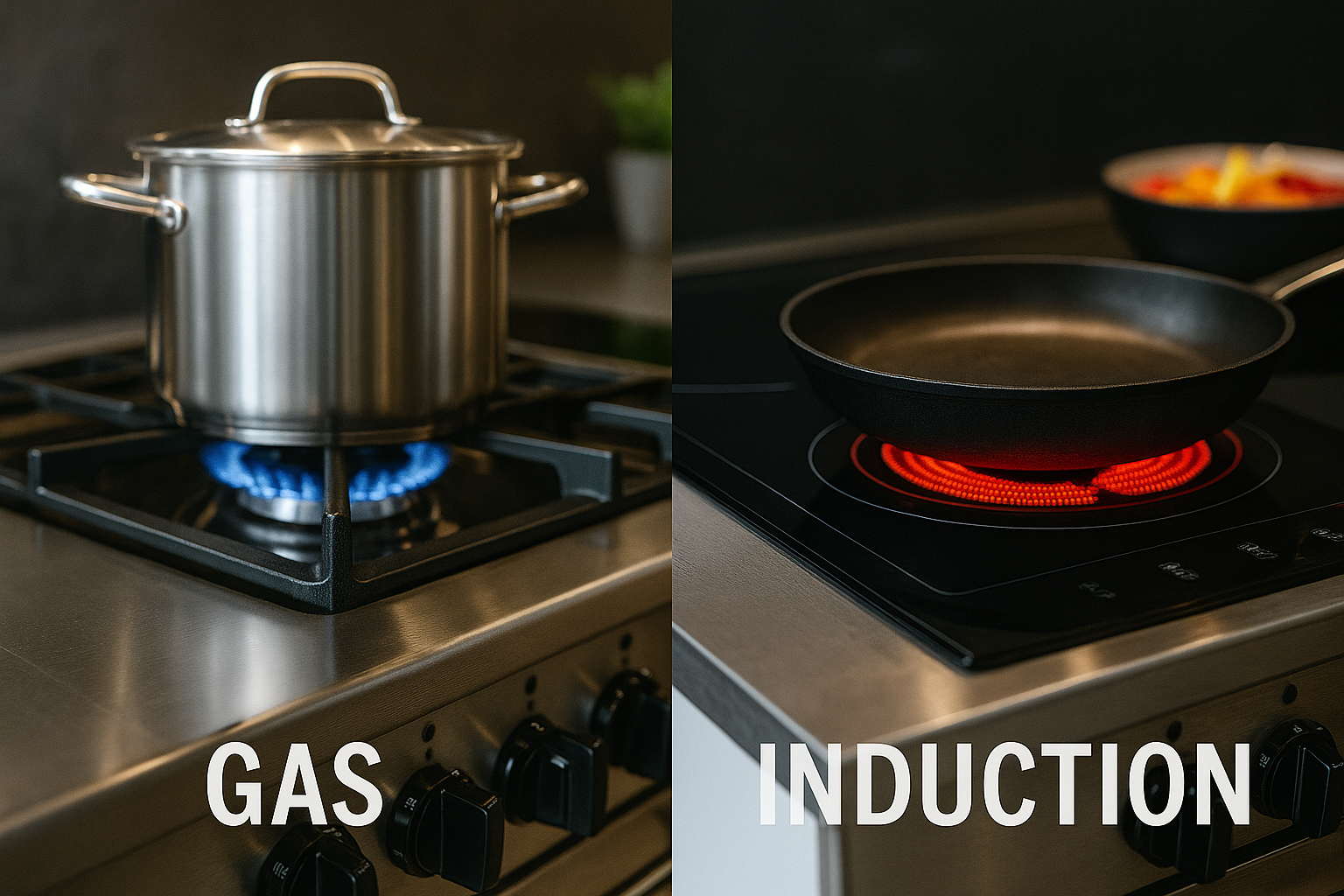
Gas remains popular for control and quick recovery, but induction and electric appliances can be more efficient in certain applications.
Comparison points:
- Induction offers faster heat transfer and lower ambient heat load but needs compatible cookware.
- Electric ovens may have tighter temperature control but can increase utility costs in some markets.
Maintenance and Efficiency Optimization
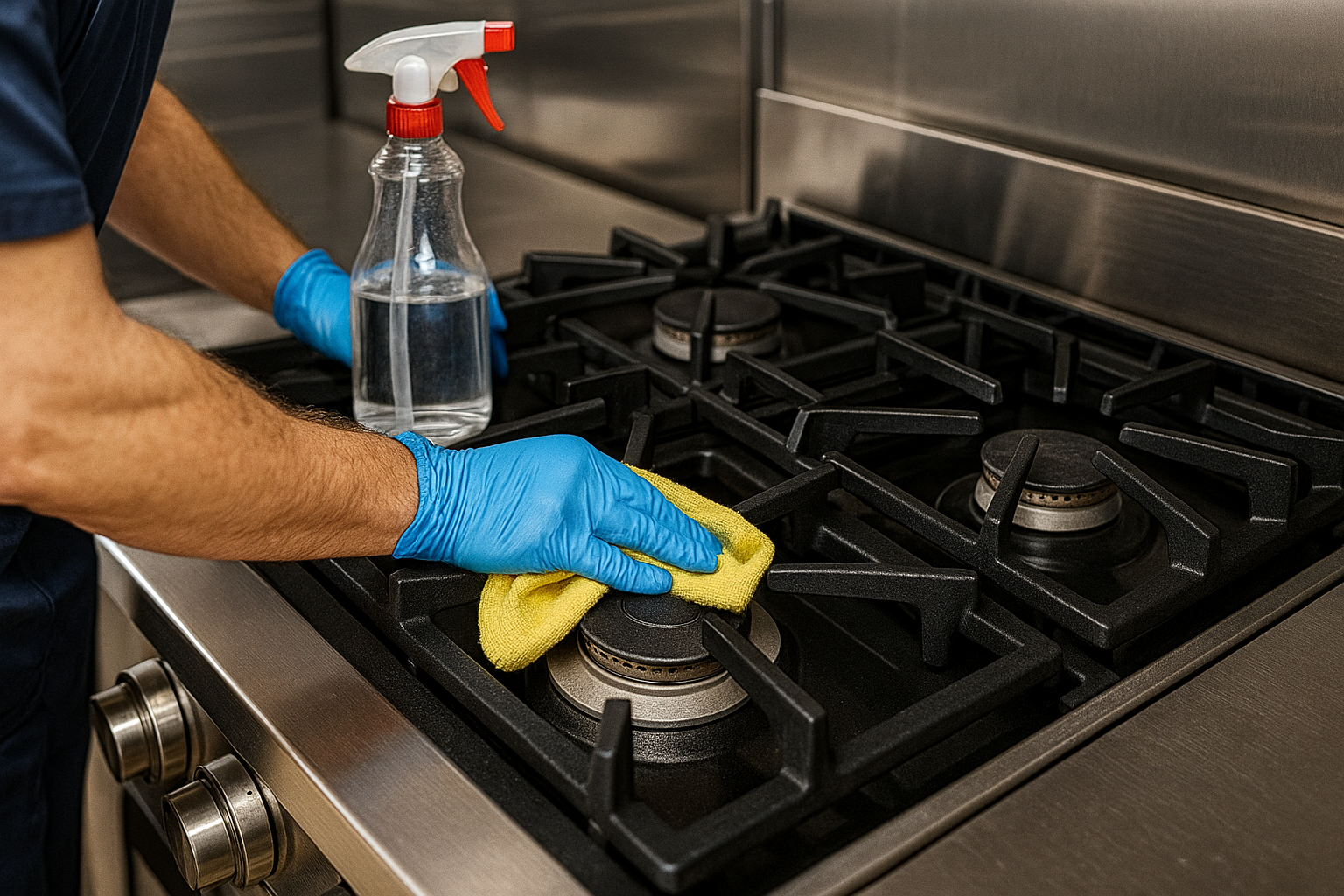
Even the most efficient appliance will lose performance without proper care.
Best practices:
- Clean burners, grates, and oven interiors daily.
- Inspect gaskets, seals, and insulation regularly.
- Schedule professional servicing annually to maintain efficiency, and when necessary, rely on
commercial gas line repair & replacement to keep your system operating safely.
- Train staff on proper operation to avoid wasted heat and fuel.
Practical Checklist for Choosing Efficient Appliances
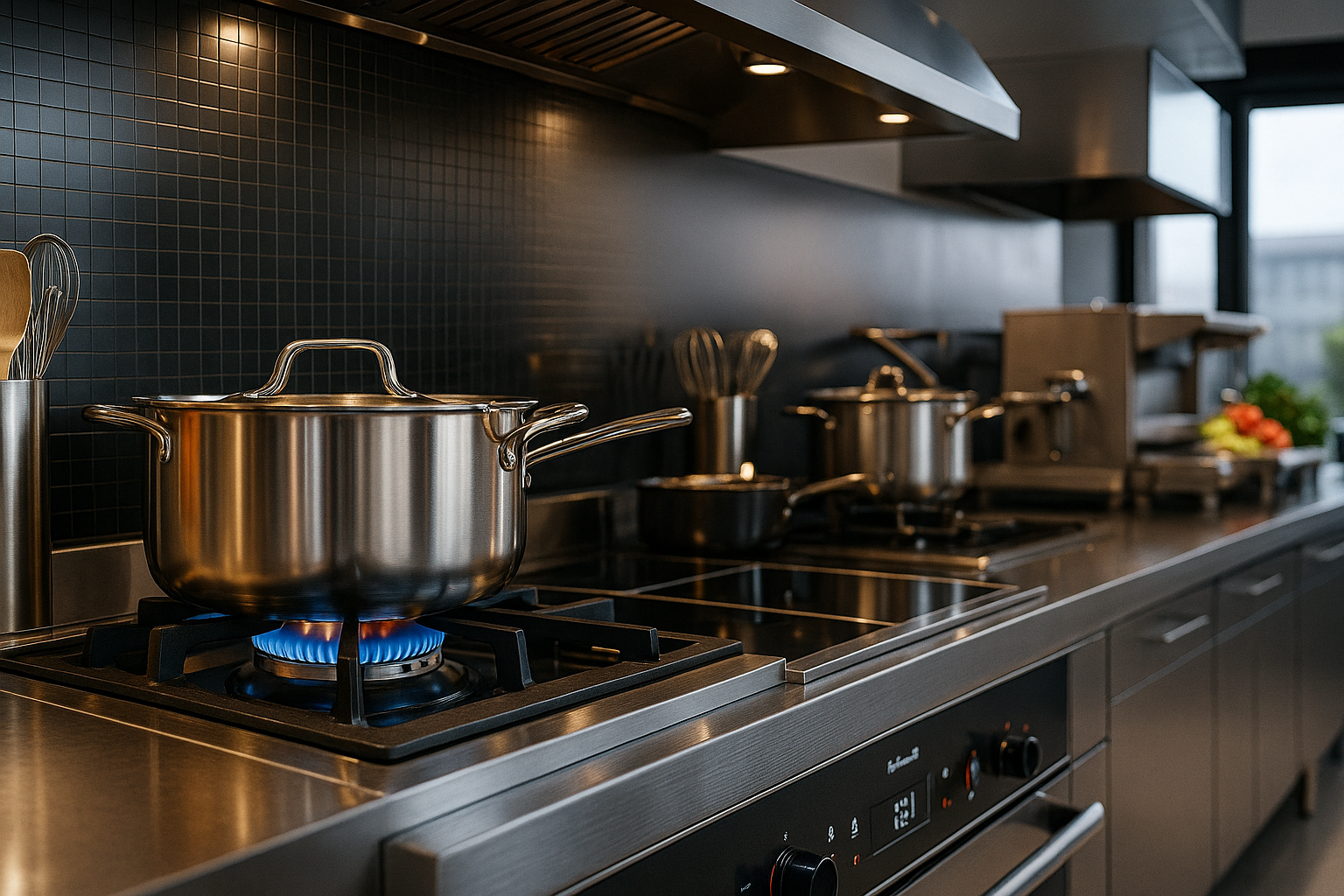
- Define menu and peak service volume.
- Select BTU output to match cooking load.
- Choose ENERGY STAR or equivalent-rated models.
- Compare natural gas and propane options.
- Evaluate total cost of ownership.
- Check for essential safety features.
- Verify proper ventilation setup.
- Plan for maintenance and staff training.
Schedule Installation Now!

